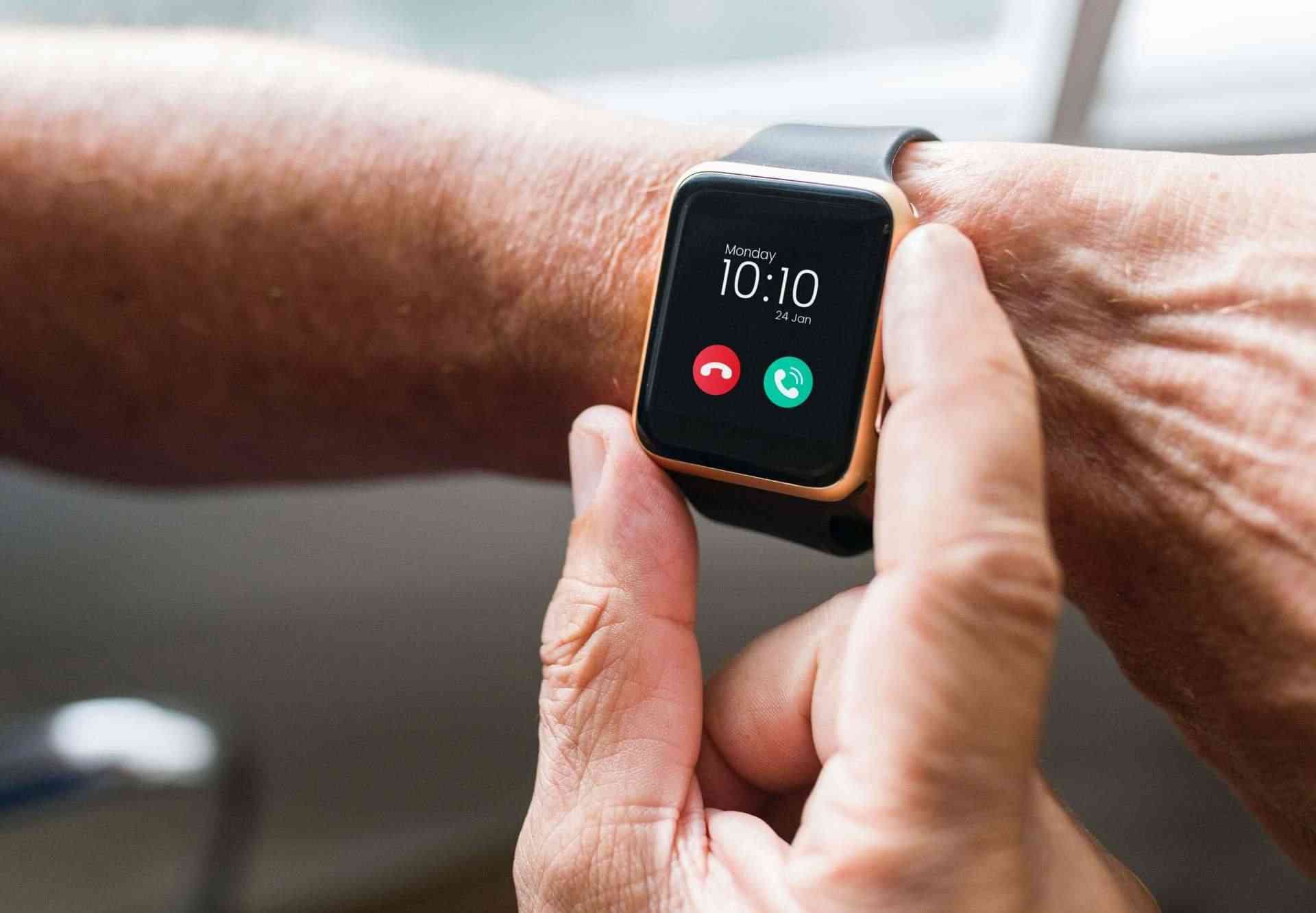It is impossible to predict the future of homecare, but with developments in technology and AI (artificial intelligence) across the medical profession, it is difficult to imagine that home nursing will remain unaffected. Faster diagnosis, simpler ways of monitoring elderly people with limited mobility, and quicker communication when issues arise are already transforming the industry.
What might the year 2030 look like for the home nursing sector?
Increased need for care at home
Remote monitoring and other digital technologies are making care at home both more feasible and more popular. For example, to support independent living as an alternative to residential care, clients may be provided with an alarmed fall mat which alerts clinicians of an incident, enabling a rapid response. Smart devices that monitor vital signs could also alert care staff when an individual requires hospital admission. This proactive approach helps prevent conditions from deteriorating to the point where admission becomes necessary.
In the future, this could mean that when people are admitted to hospital, their care needs will already be more complex, making home-based care even more prevalent.
An ageing population
Many studies show that the world is experiencing significant growth in the proportion of older people, with notable increases in Japan, China, and Europe. According to the UN:
“Population ageing is poised to become one of the most significant social transformations of the twenty-first century, with implications for nearly all sectors of society, including labour and financial markets, the demand for goods and services, such as housing, transportation and social protection, as well as family structures and intergenerational ties.”
As we adapt to a world where there are more elderly people than ever before, we must also prepare for the healthcare challenges this brings. Conditions that commonly affect older people will require rapid diagnosis, and there will be increasing demand for healthcare staff to provide treatment and support.
This is why healthcare providers are beginning to use AI-based automation to take on some of the tasks involved in patient care. AI is now integrated at almost every stage of the care pathway, from intelligent tracking of biometric information to the early diagnosis of disease. It can support patients and their families in understanding treatment options, and is also being used by clinicians to deliver care more effectively.
Find out more about our nursing care services
Future of homecare
Technology is transforming healthcare, and homecare is no exception. While some tools are still limited to a small number of people, others are already becoming more widely used. The aim is always the same: to support healthcare professionals and make care safer, more efficient, and more personal.
For example, when in-person visits to care homes or nursing homes aren’t always possible, carers and providers are increasingly turning to smart devices and video calls. These tools help patients and residents stay connected with loved ones, an important source of comfort and companionship.
Monitoring health at home
Subtle changes in daily activity can be early signs of health issues in older people. New technology is making it easier to spot these changes quickly. Companies like Biotricity and CarePredict are using AI-powered systems to track activity and behaviour patterns, helping carers and clinicians detect problems before they become serious.
For those living alone or in assisted housing, Wireless Sensor Networks can track factors such as temperature, humidity, and even bathroom visits, without the need for wearable devices. This kind of round-the-clock monitoring means issues can be identified and addressed much sooner.
Smart devices
Wearable tech, such as fitness trackers, has long been used to monitor activity and wellbeing. But newer devices are going a step further to meet the needs of older users.
- Apple’s “Alert” app works as a panic button, giving elderly users an easy way to call for help.
- Fitbit uses AI features to flag irregularities in heart rate and sleep patterns.
- CarePredict Tempo, designed specifically for older adults, tracks daily routines and notifies loved ones if there are significant changes, such as reduced mobility or spending more time in bed.
These innovations not only improve safety but also give families peace of mind.
Medication reminders
As we age, keeping track of multiple medications can be difficult. Missing doses can have serious health consequences, but technology is stepping in to help.
- MedMinder pill dispensers use lights, sounds, and phone reminders to ensure medication is taken on time. If not, carers are alerted by phone, email, or text.
- The Super 8 Daily Medication Reminder, available through Alzheimer’s Society, provides clear visual and sound alerts to prevent missed doses.
These tools are simple but highly effective in supporting independence and reducing risk.
Virtual companionship
Staying connected is vital for mental and emotional wellbeing. Video calls through platforms such as FaceTime and Skype are now everyday tools for keeping in touch with family and friends. According to Age UK, over 2 million people in England aged 75 and above live alone, with more than a million saying they can go for a month without meaningful social contact.
Beyond video calls, AI companions are emerging to provide additional support:
- Mabu, a conversational robot, tailors chats to each user and gathers useful health data.
- ElliQ keeps older adults engaged with reminders, games, and family connections.
- Robobear, developed in Japan, combines a friendly appearance with physical support, helping older people move safely.
Ethics and concerns
While these technologies are promising, they also raise important questions. Privacy must be respected, and technology should enhance and not replace, human contact. There’s a risk that over-reliance on AI companions could unintentionally increase social isolation.
Some innovations, such as smart cups for people with Parkinson’s, show how technology can solve very specific challenges like tremors or dehydration. However, true progress will come from striking the right balance: using technology to improve safety, independence, and wellbeing, while ensuring older people remain connected to their communities.
How can Cavendish Homecare help?
At Cavendish Homecare we are experts in providing nursing homecare for clients who want to remain in their own homes. When it comes to your health and wellbeing, choosing the right homecare package is of utmost importance and navigating this process can be overwhelming. With Cavendish Homecare by your side, you’ll have the support you need to remain safely at home while enjoying elevated health and wellbeing.
If you would like to enquire about our homecare services, contact us on, 02030085210 or email us at info@cavendishhomecare.com.

About the Author…
Zahrah Abdullah
Operations Coordinator
Zahrah supports the day-to-day operations, combining her management expertise and care experience to keep things running smoothly and ensure the best outcomes for clients. She’s passionate about making a meaningful difference behind the scenes and helping the team deliver exceptional personalised care.
 Back
Back